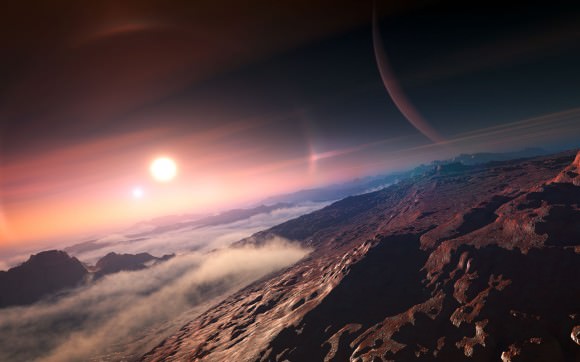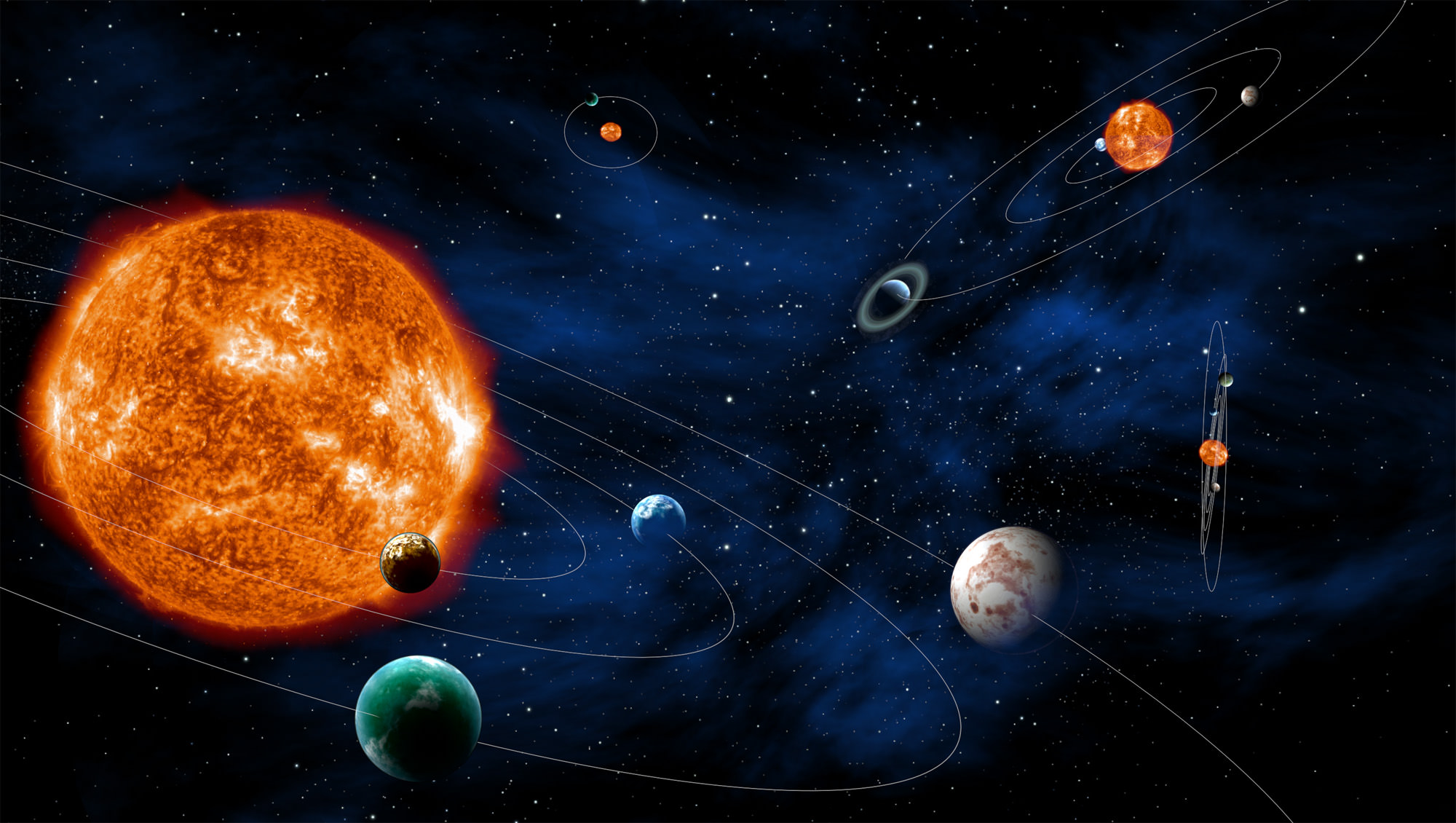How could life arise in young solar systems? We’re still not sure of the answer on Earth, even for something as basic as if water arose natively on our planet or was carried in from other locations. Seeking answers to life’s beginnings will require eyes in the sky and on the ground looking for alien worlds like our own. And just yesterday, the European Space Agency announced it is going to add to that search.
The newly selected mission is called PLATO, for Planetary Transits and Oscillations. Like NASA’s Kepler space telescope, PLATO will scan the sky in search of stars that have small, periodic dips in their brightness that happen when planets go across their parent star’s face.
“The mission will address two key themes of Cosmic Vision: what are the conditions for planet formation and the emergence of life, and how does the solar system work,” stated ESA, referring to its plan for space science missions that extends from 2015 to 2025.

PLATO will operate far from Earth in a spot known as L2, a relatively stable Lagrange point about 1.5 million kilometers (930,000 miles) away from Earth in the opposite direction from the sun. Sitting there for at least six years, the observatory (which is actually made up of 34 small telescopes and cameras) will examine up to a million stars across half of the sky.
A 2010 science proposal of the mission suggests that the satellite gather enough planetary transits to achieve three things:
- Find “statistically significant” Earth-mass planets in the habitable regions of several kinds of main-sequence stars;
- Figure out the radius and mass of the star and any planets with 1% accuracy, and estimate the age of exoplanet systems with 10% accuracy;
- Better determine the parameters of different kinds of planets, ranging from brown dwarfs (failed stars) to gas giants to rocky planets, all the way down to those that are smaller than Earth.

Adding PLATO’s observations to those telescopes on the ground that look at the radial velocity of planets, researchers will also be able to figure out each planet’s mass and radius (which then leads to density calculations, showing if it is made of rock, gas, or something else).
“The mission will identify and study thousands of exoplanetary systems, with an emphasis on discovering and characterising Earth-sized planets and super-Earths in the habitable zone of their parent star – the distance from the star where liquid surface water could exist,” ESA stated this week.
The telescope was selected from four competing proposals, which were EChO (the Exoplanet CHaracterisation Observatory), LOFT (the Large Observatory For x-ray Timing), MarcoPolo-R (to collect and return a sample from a near-Earth asteroid) and STE-Quest (Space-Time Explorer and QUantum Equivalence principle Space Test).
You can read more about PLATO at this website. It’s expected to launch from Kourou, French Guiana on a Soyuz rocket in 2024, with a budget of 600 million Euros ($822 million). And here’s more information on the Cosmic Vision and the two other M-class missions launching in future years, Euclid and Solar Orbiter.
Source: European Space Agency

